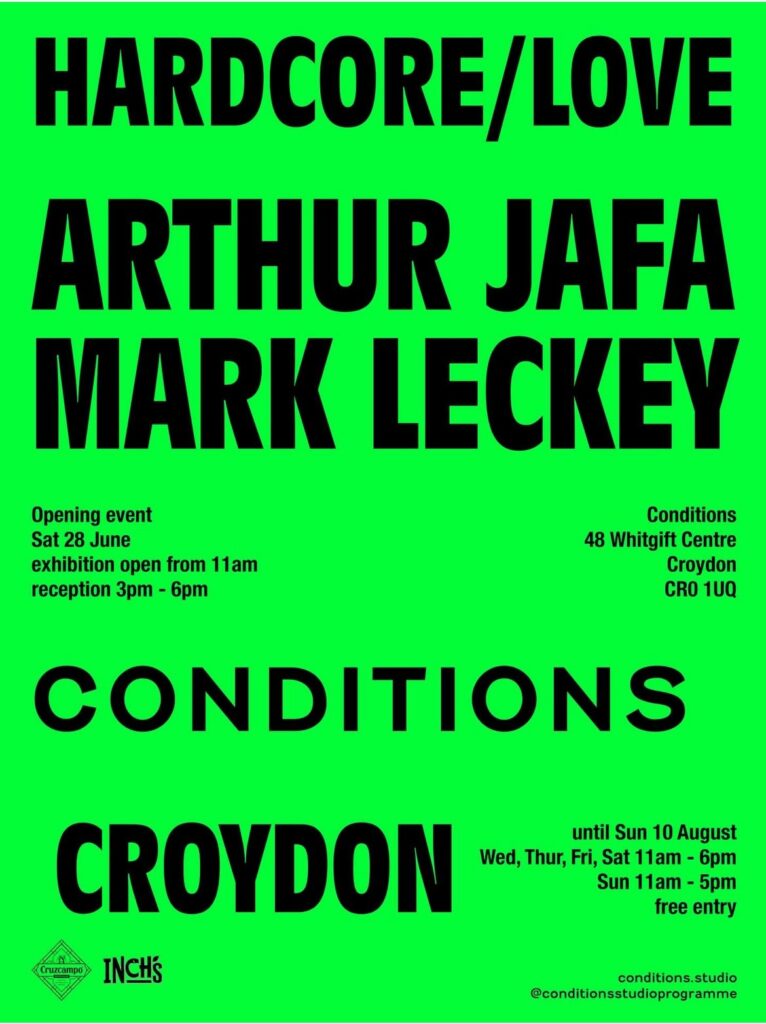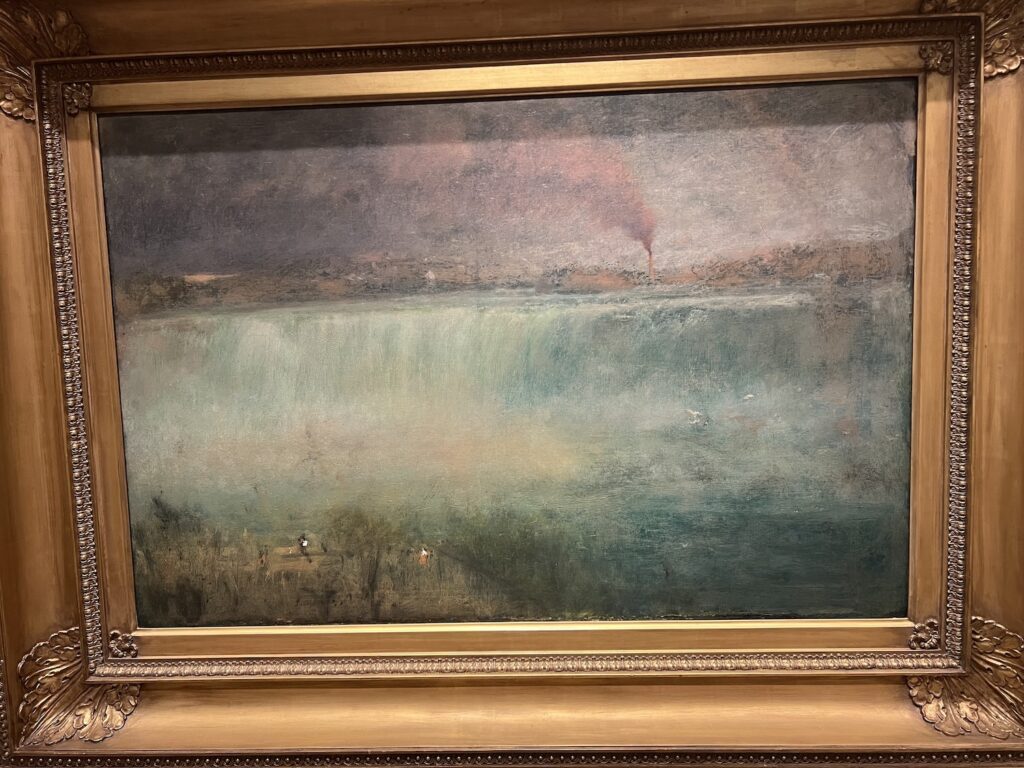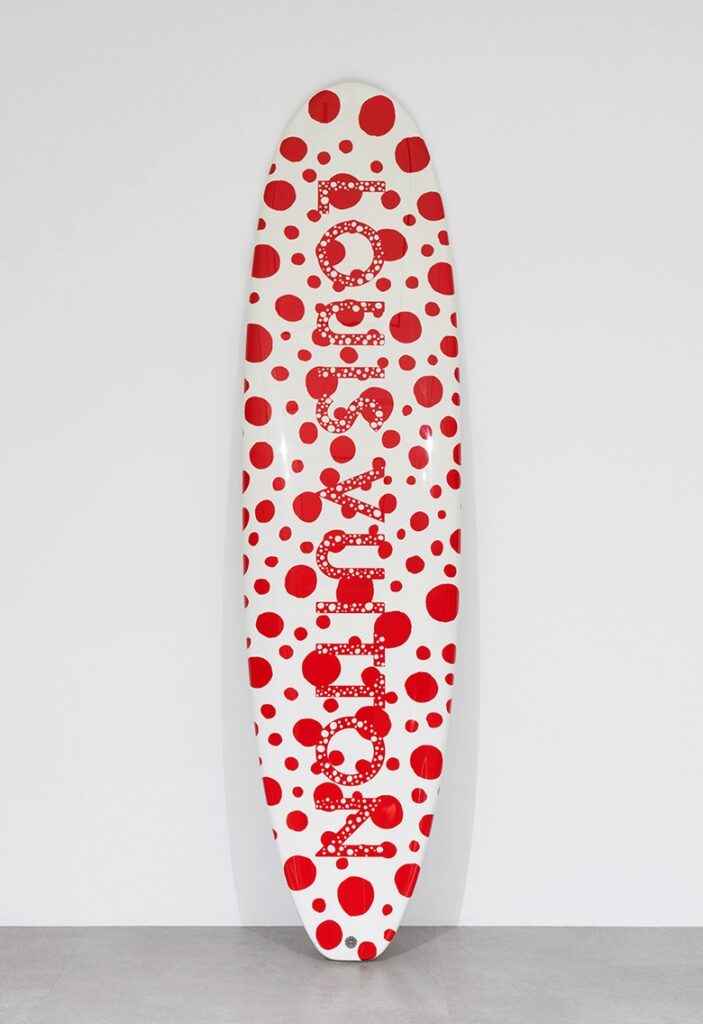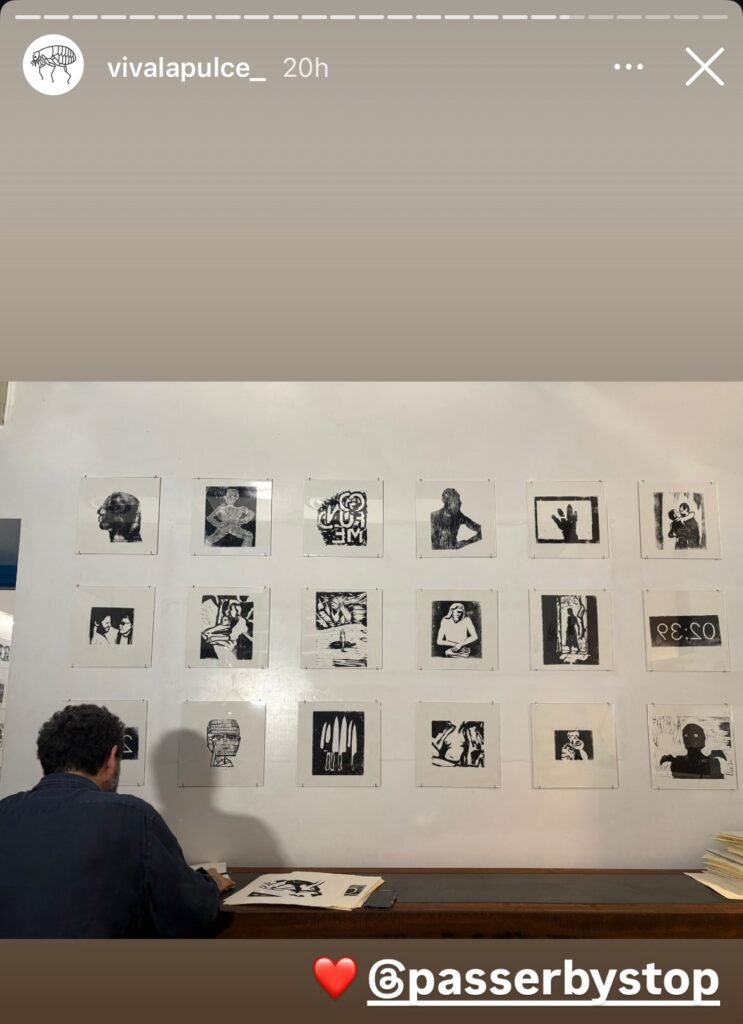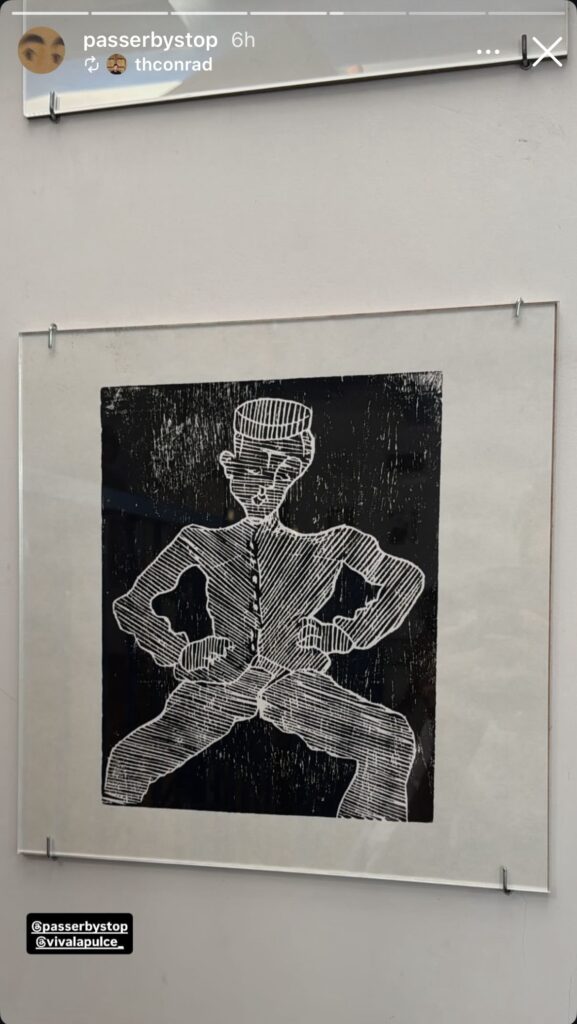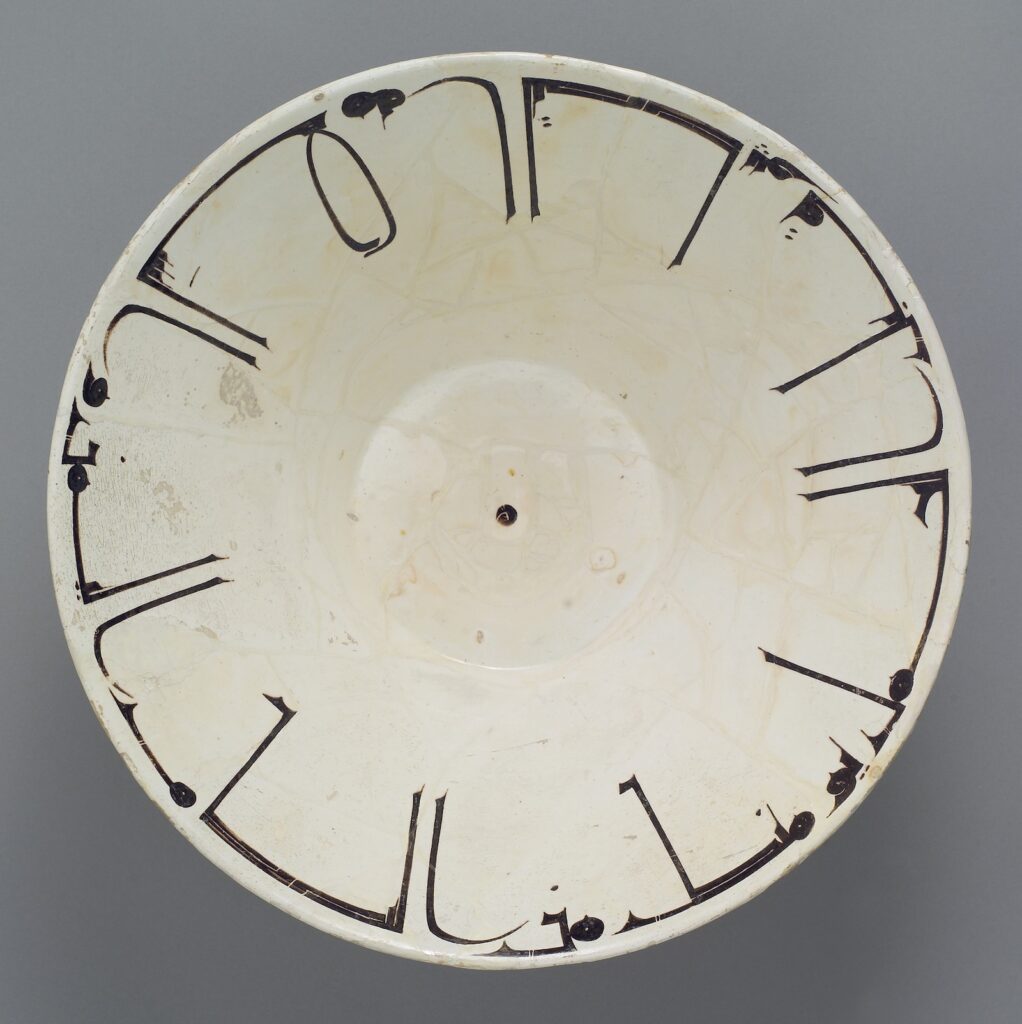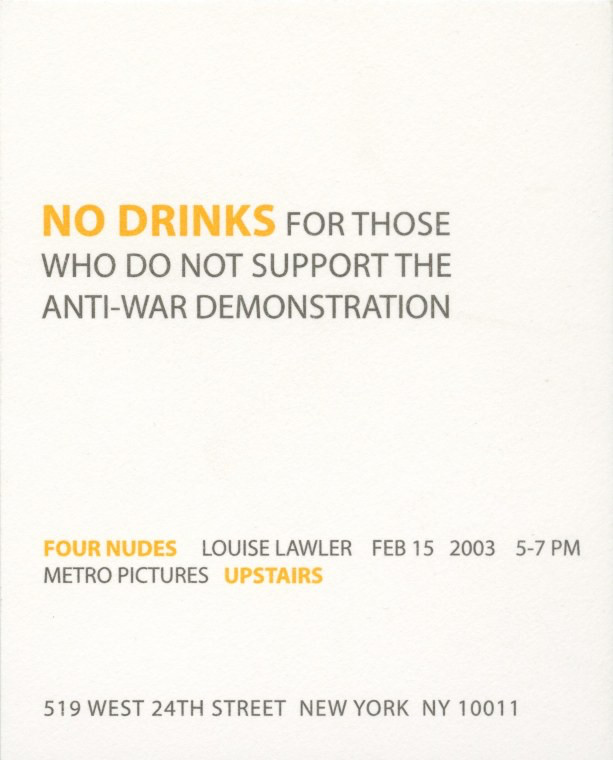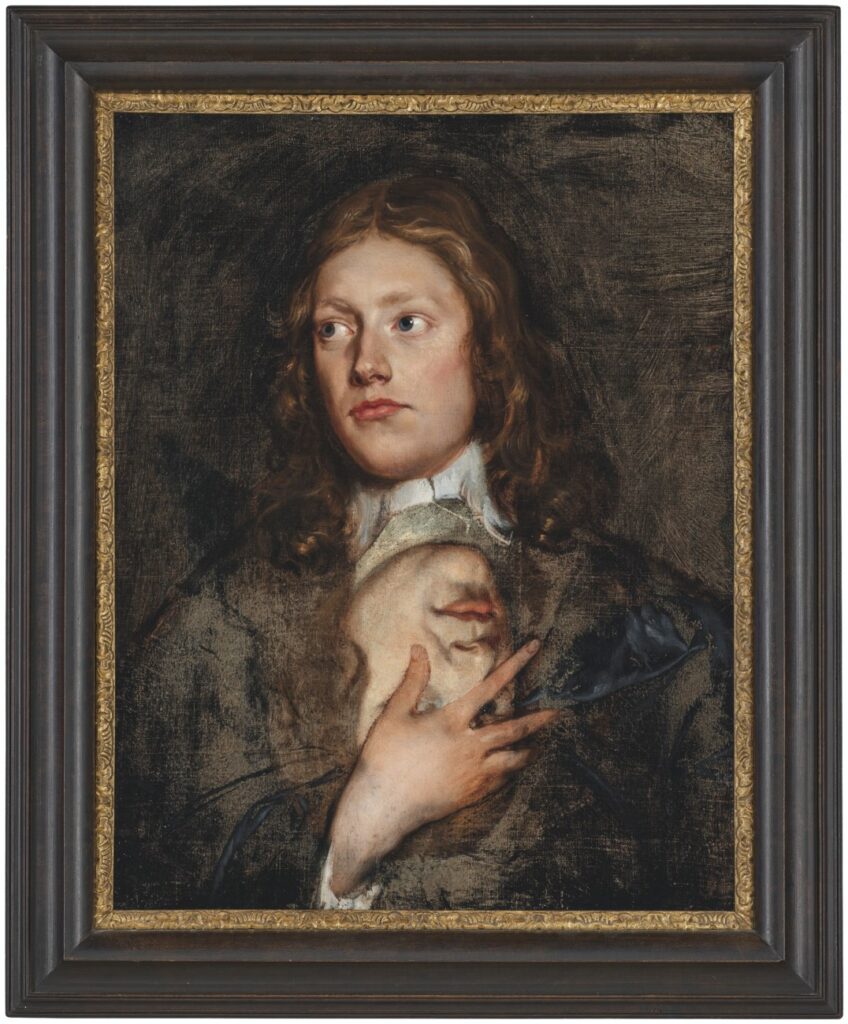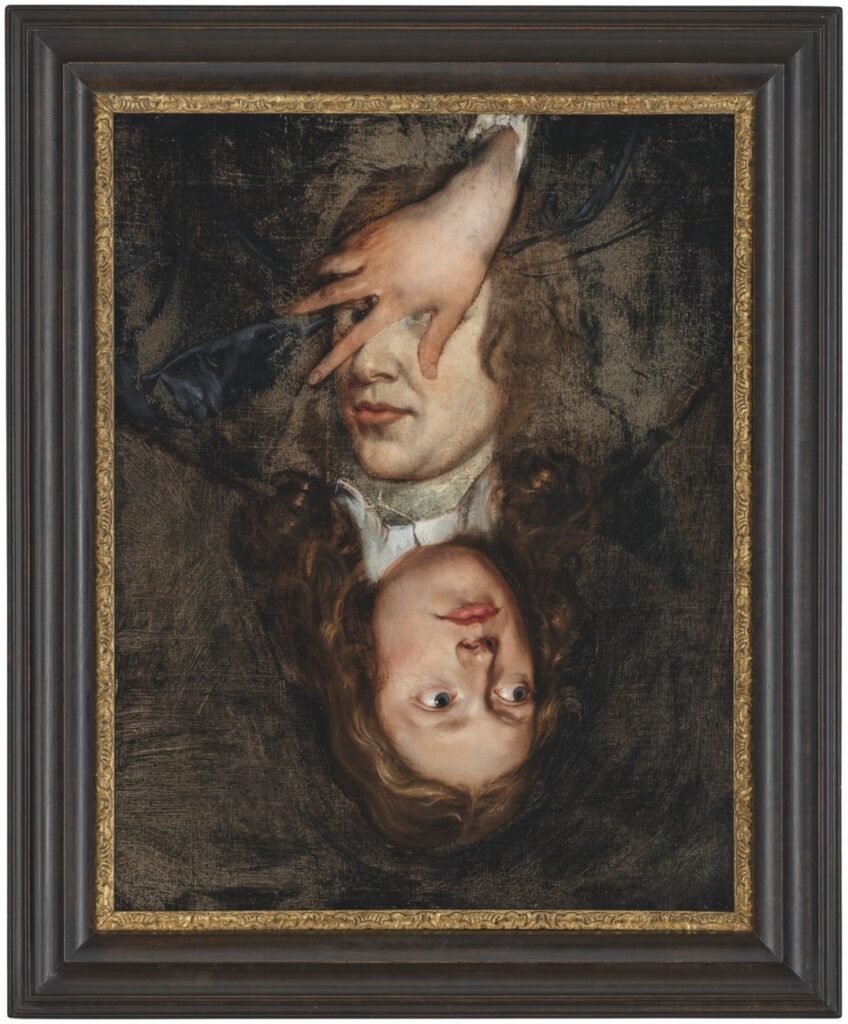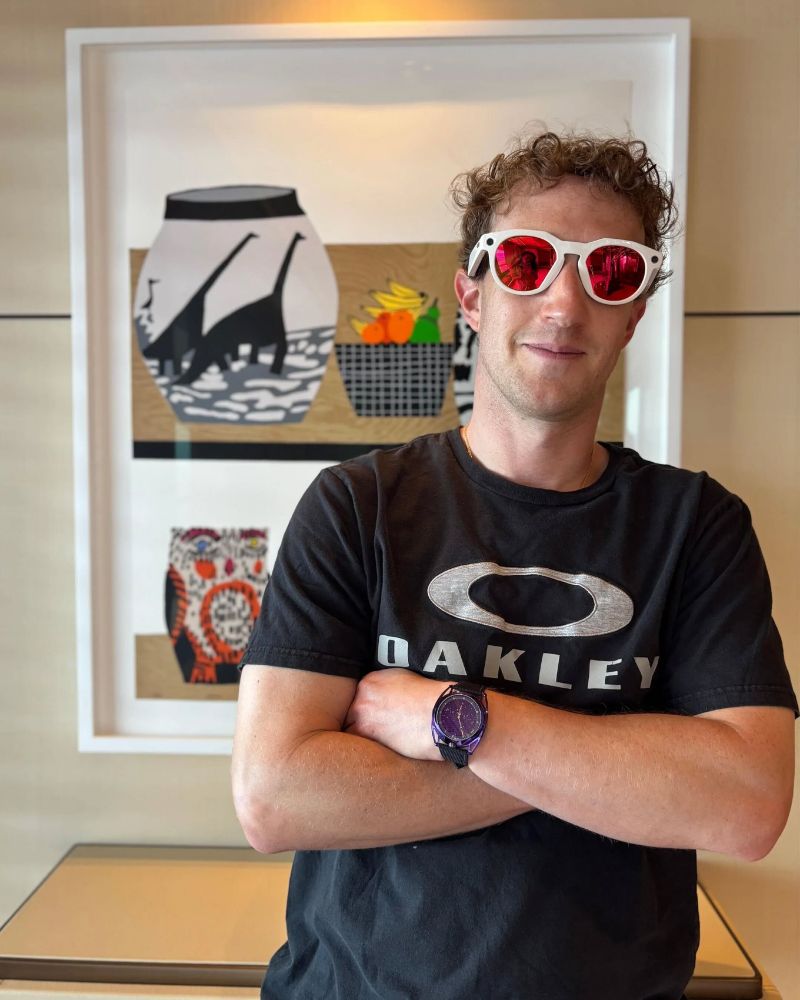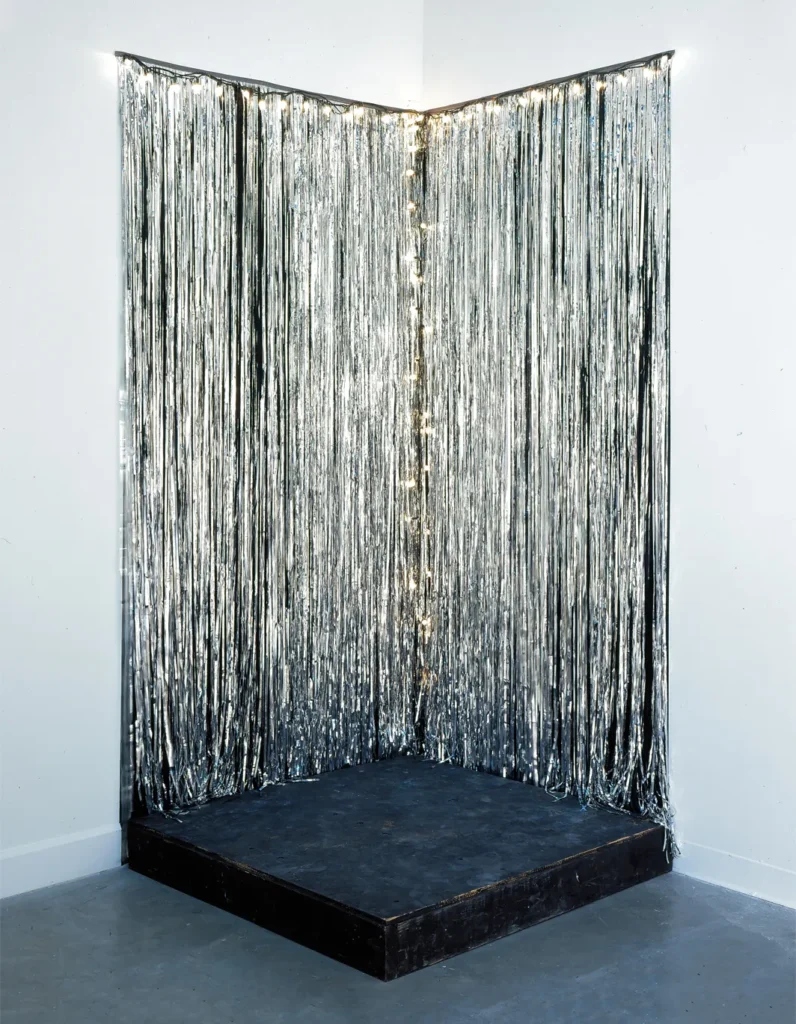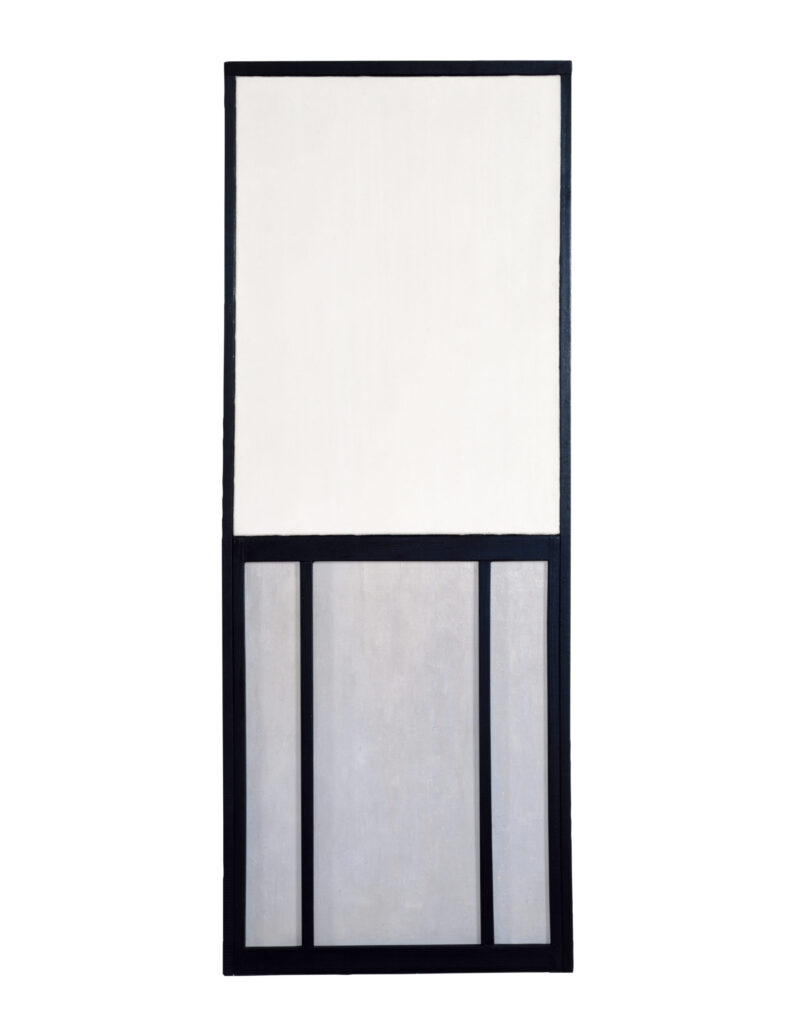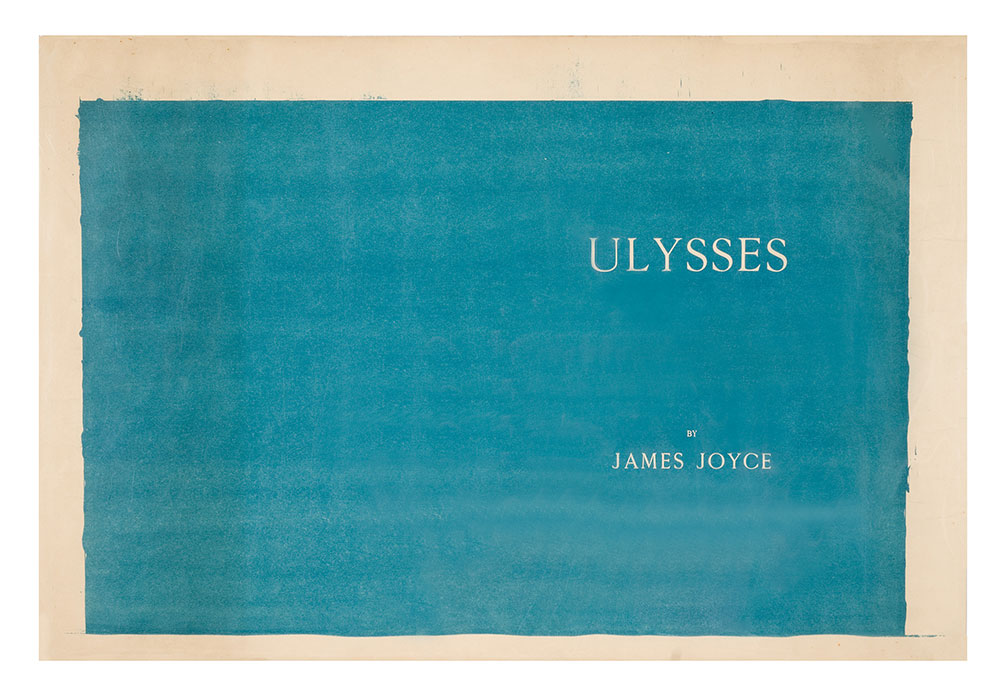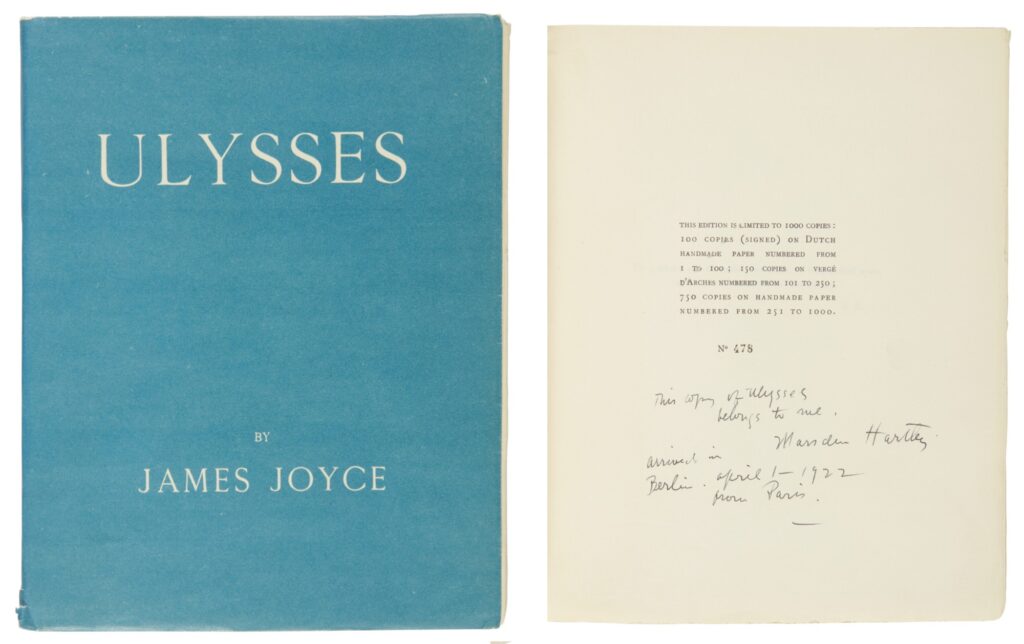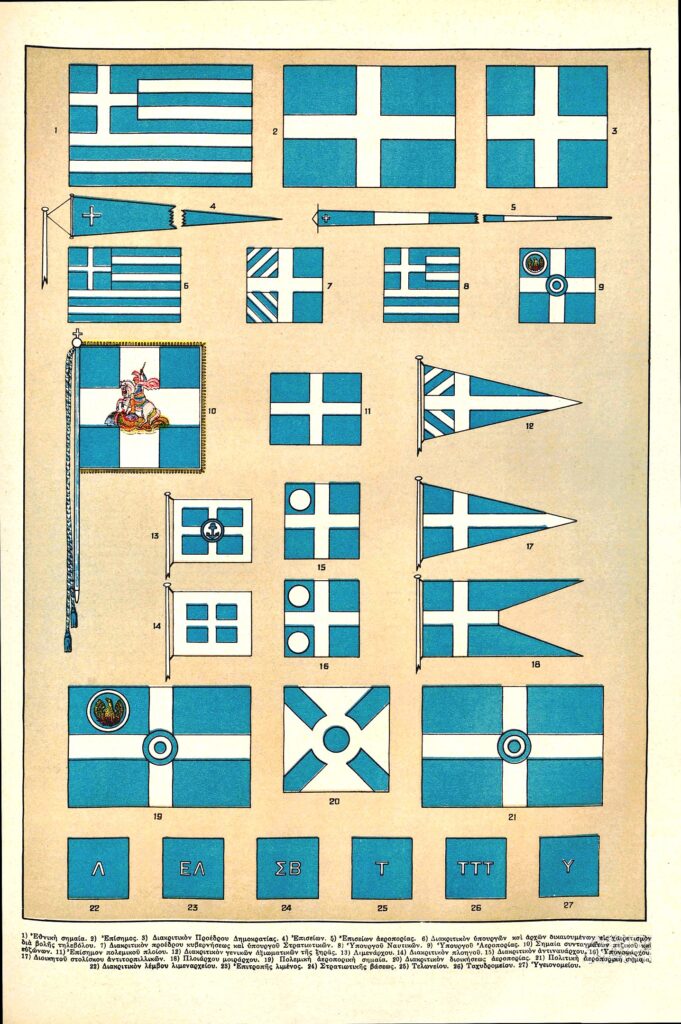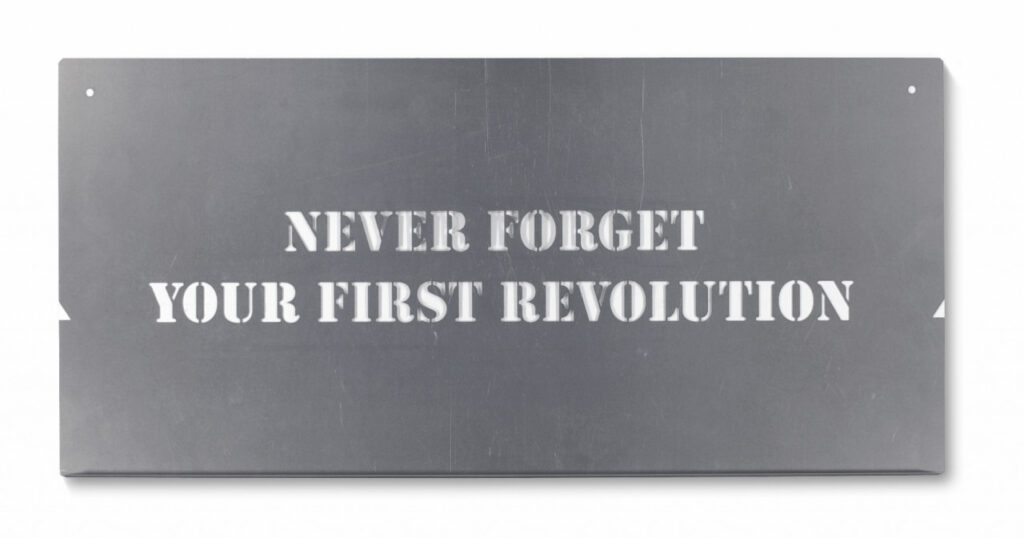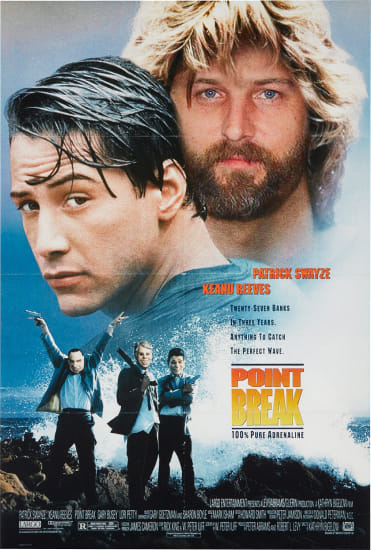
How no one bought the second greatest self-portrait Roe Ethridge ever made last fall, when it would have brought the creditor victims of Lisa Schiff’s purloining $3-4,000 before Phillips’ fees, is beyond me. Anyway, violent mask-wearing thieves disguised as US presidents could not be more on brand right now, and so it’s back, with a lower estimate and at least one bid.
2 July 2025, Lot 172 | Roe Ethridge, Untitled (Point Break), 2010, ed. 1/5, est. $2-3,000, current bid: $1,000, PROPERTY TO BE SOLD TO BENEFIT THE CREDITORS OF LISA SCHIFF AND SCHIFF FINE ART [update: sold for that one bid, $1,270] [phillips]
30 seconds later update: LOL this is insane. I just read an article about someone who suddenly decided to pay off a school’s entire lunch debt of $865, and then went on to raise money to pay off more, and then got a law passed to abolish lunch shaming. So if you have only $2,000, do NOT spend it on this Roe Ethridge portrait, the net proceeds of which will go to several millionaire collectors who won’t even notice. Instead, pay off an entire school’s lunch debt with it. And if you have much more than $2,000, pay off a school’s lunch debt, then just contact Kreps and buy another edition of this perfect picture. What are we even doing here?

